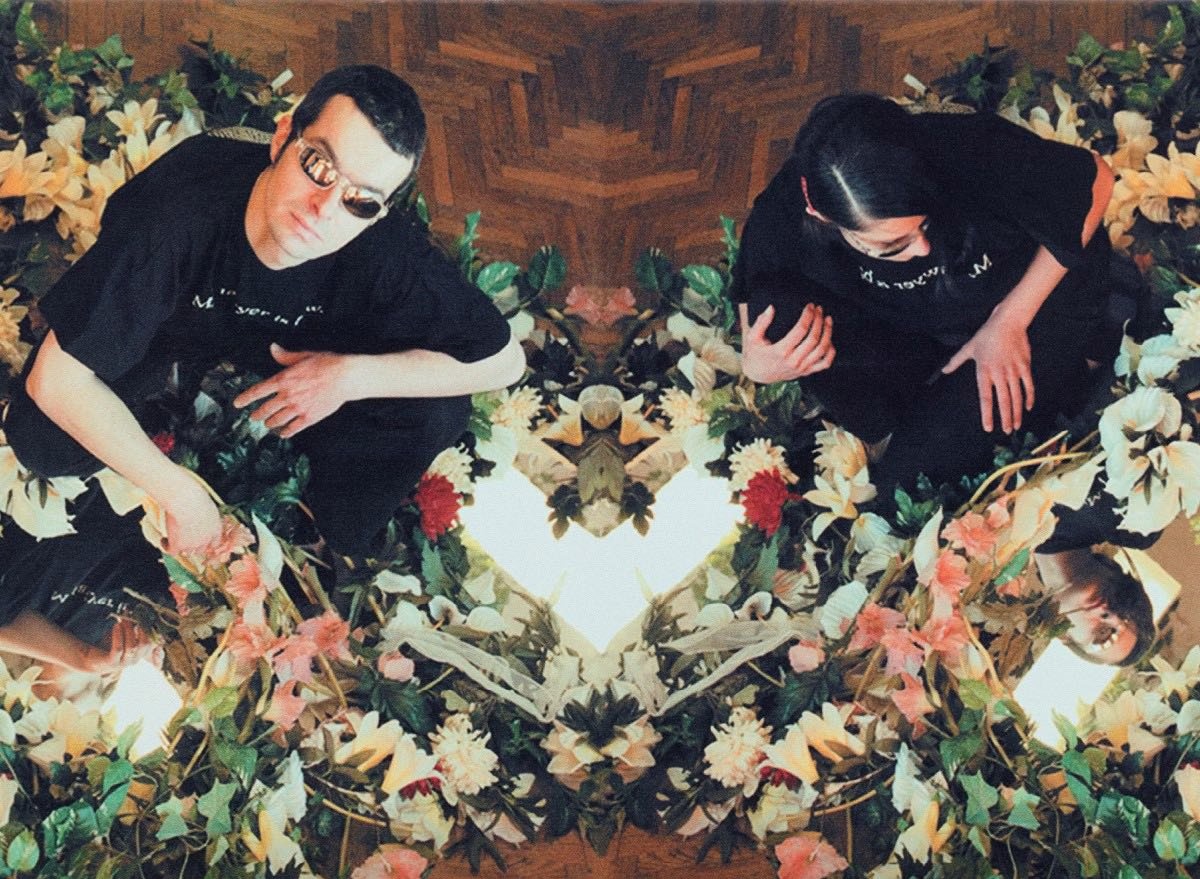
The exhibition presents the values and symbols that permeate Korean daily life, festivities, and society.Continue reading

From this Friday, the Hungarian National Gallery presents a new temporary exhibition entitled TechnoCool – New Trends in Hungarian Art in the Nineties.
Annamária Vígh, deputy director-general of the National Gallery, said at the press conference about the exhibition on Thursday that it presents the comprehensive material of an era that is still “in motion” today. “It is great to be here in this space now, because in the terrible turmoil and revolutionary frenzy that we were living in at the time, there was not always enough attention paid to these elements, to this particular world of art,” she stressed.
The exhibition material has been published in a scholarly catalogue in English and Hungarian.
Zsolt Petrányi, the exhibition’s chief curator, revealed that the exhibition took two years to organize, and that with the young curators they did double research. On the one hand, they conducted interviews with artists of the period, and on the other, they researched the literature on the era.
The literature about the 1990s became established in the 2000s, and two major trends emerged in Hungarian art: One that presented the 1990s as neo-conceptual art, and another that approached the period from the perspective of new media,”
he said.
The chief curator stressed that the social changes gave artists a new sense of life, and the exhibition was designed to focus on this. In this era, the revolutionary approach to electronic music, the DJ culture, and the world of parties were a major inspiration, also reflected in the visuality of the works and the questions they raise.
The curator also said that they wanted to organize the exhibition as if it were “today,” i.e. to present works that could be interpreted by the younger generation with their creativity, colorfulness and lightness, as the exhibition aims to attract young people of today to the museum.
The exhibition shows the development of painting, object, photography, print, video, and computer-based art in the 1990s through around 150 works by more than 50 artists.
The works of art, representing the visual world, are displayed accompanied with music, video, and educational points. The exhibition, curated by Zsolt Petrányi, Katalin Harangozó, Sára Major, and Alexandra Tarr Linda, is on view at the National Gallery until February 11, 2024.
Via MTI, Featured image: Facebook/Magyar Nemzeti Galéria, Hungarian National Gallery